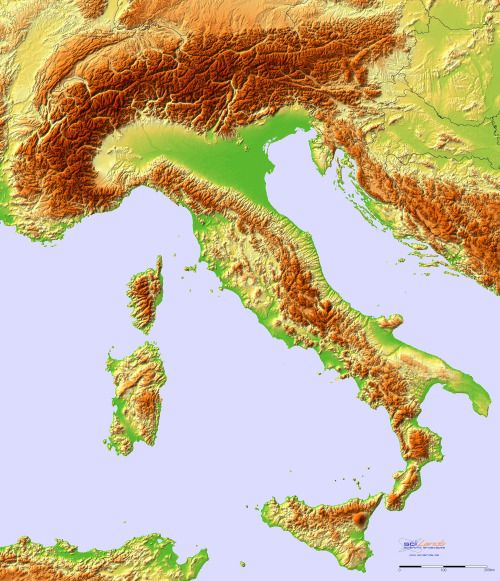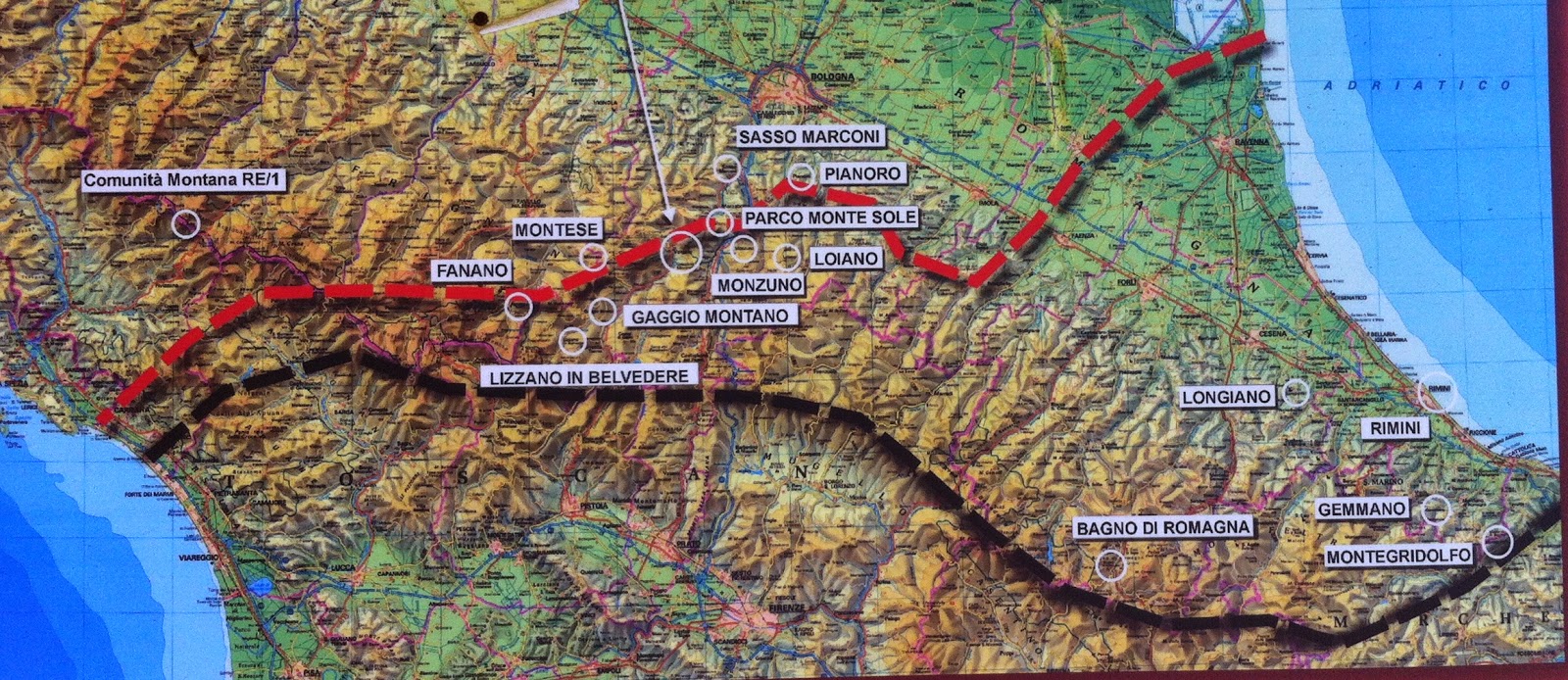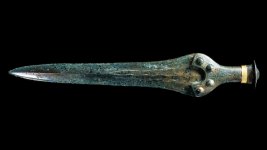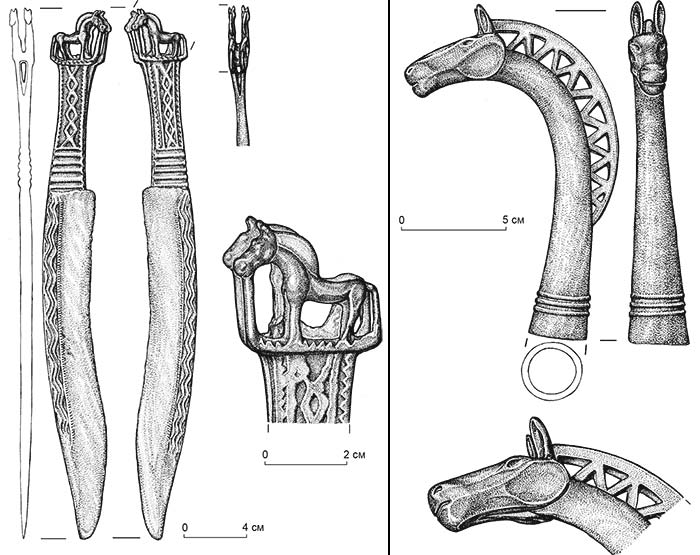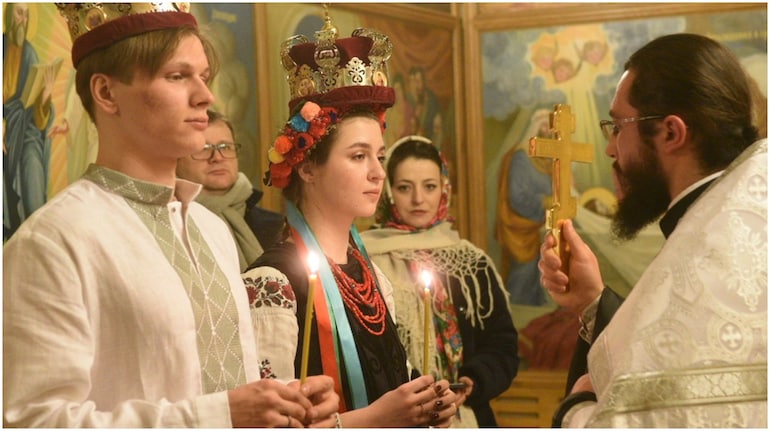Who are they? I think they are related with seima turbino expansion:There was a massive movement of chariot using steppe groups after Sintashta developed actual, lichter chariots.
They spread in all directions, which brought up Indo-Iranian expansions, including the Mitanni.
In the West they crushed into Unetice, which was already under pressure from Tumulus culture in the West. Same for the Pannonian Tell cultures and Wietenberg, which got hit by Noua.
Noua-Sabatinovka-Coslogeni is the main group for Central and South Eastern Europe and they pushed into the Carpathians and Balkans.
Shortly after the Mycenaean Greeks come up and presumably the Central Eastern European ancestry in the Aegeans.
And it is exactly at that time that chariots appear in the Aegean as well, for the first time.
So Proto-Greeks seem to have been chariot using when coming to the Aegean, like many of the expanding groups around that time.
You also see the great importance of chariots in the early Mycenaean culture.
https://www.researchgate.net/profil...-from-east-to-west-At-present-radiocarbon.png
unetice culture:

similar type of dagger in seima turbino:
https://encrypted-tbn0.gstatic.com/i...5E2sQ&usqp=CAU
Età del bronzo arcaica, pugnali, 2200-1600 ac ca:
brooches of Seima turbino Borodino site around black sea:
https://www.google.com/imgres?imgur...2ahUKEwj77rO99Mn4AhUbIjQIHUEUD5kQMygAegQIARAf
same brooch in circle A

Enlage picture in the link below and see one triskele mark on SEIMA TURBINO dagger:
http://nav.shm.ru/upload/iblock/c19/...04b45ebc65.png


